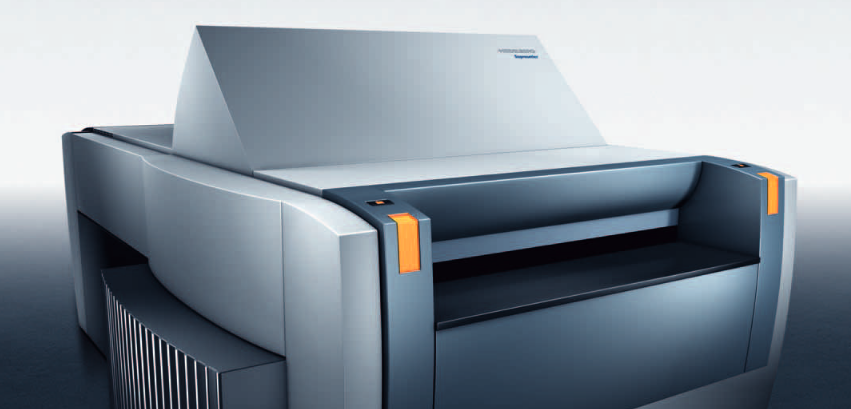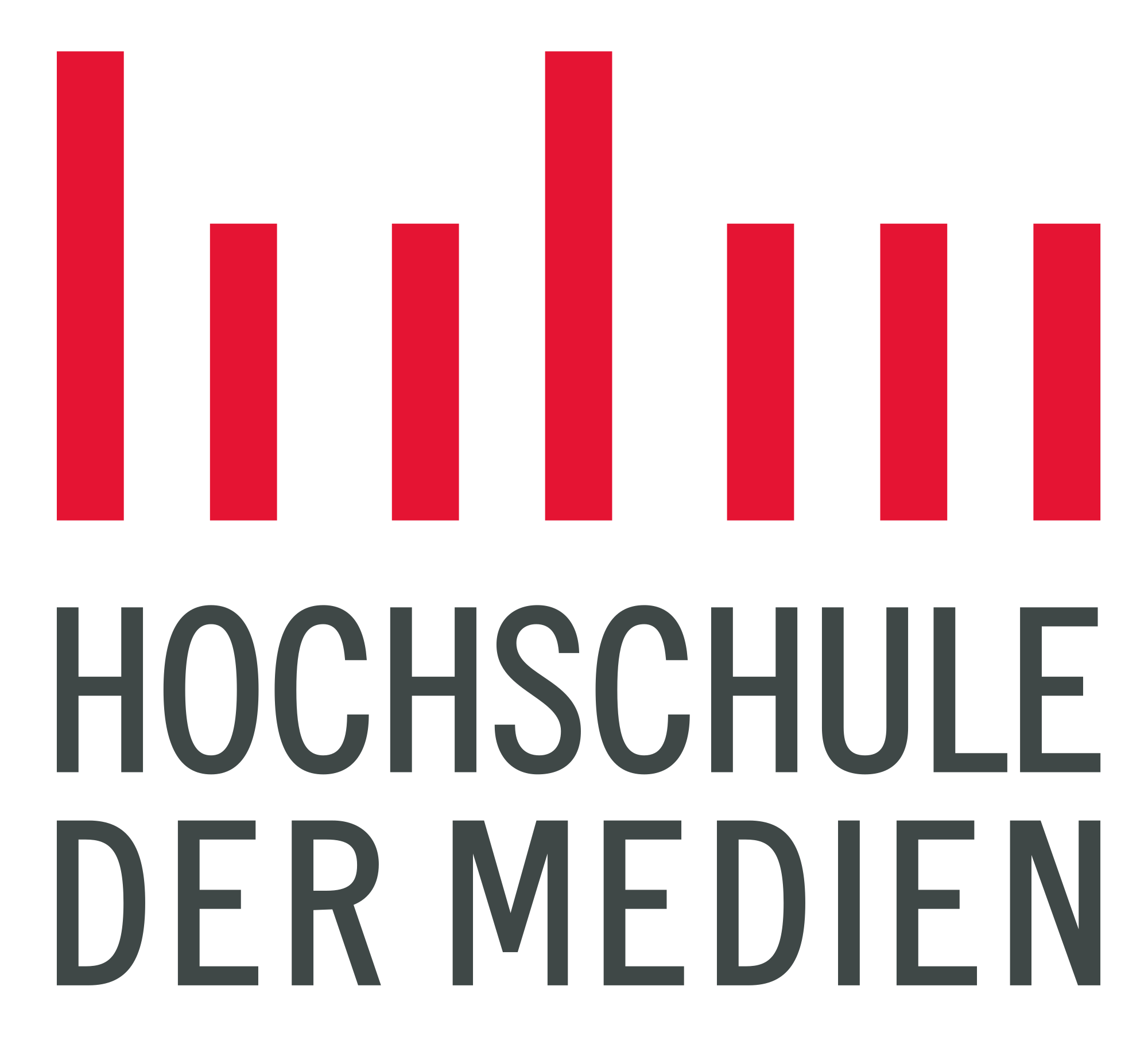First come, first served!
I am from Brazil and my background is in biology. I decided to major in PMT because I find it an extremely exciting area that allows me to work in different areas, with different products, applying different techniques and I am still able to use my knowledge as a biologist, for example in biochemistry, sustainability and in the search for an increasingly environmentally friendly production.”
Pre-Media is a number of processes to produce, adapt and deliver multi-channel, multi-market communications that maximise brand engagement.
It is anything that happens to a piece of artwork to take it from its original state when completed by the creator to a form that is ready for public consumption. This can range from colour correcting a photograph to post production and colour management to preparing a PDF for printing. This includes
various pre-press technologies and systems.
Because Pre-Press is a specific type of pre-media, pre-press activities are considered a pre-media process. It involves graphic communications manufacturing processes with emphasis on the variety of pre-media technologies available, and their application.
It includes design, layout, typography, fotography, retouching, computer graphic imaging (CGI), impositioning, proofing, raster image processing (RIP), computer to plate (CTP) or computer to press or web-to-print, material selection, colorimetric science, colour management and finally finger printing.
The software used in the HdM are used to create layouts and do retouching or post-production. These Pre-Press Computers also have professional programs for preparing and planning print jobs installed. Students can use these software at any time for all their projects. Apart from software, we also have different devices to measure ink, substrates and print quality.
The Equipment

High performance for medium formats and its highly reliable embedded technology, unique in its category, the Heidelberg CtP Suprasetter A105 offers excellent quality at maximum production speed. The Suprasetter range provides great flexibility in plate handling, plate types and sizes, and punching. Another factor of productivity and flexibility, the machines are easily integrated into the Prinect production flow, with free choice of screens and ‘Plate on Demand’ technology for the direct launch of plate production from the control desk of the press.
Kodak Flexcel NX has been designed by Kodak to meet the new challenges of today’s business requirements. Flexcel NX Imagers expose the Kodak Flexcel NX Thermal Imaging Layer at an impressive speed of 9.6 m2 per hour, about half the time it takes to image a digital flexo plate with a laser ablative mask. Loading and unloading are also faster, because no taping or clamping is required.
DuPont Cyrel FAST 1000TD delivers outstanding plate quality and uniformity. This processor has the ability to produce a finished plate without solvent washout. The wide format Cyrel 1000 EC/LF for exposing and light-finishing plates is available to complement the Cyrel FAST 1000TD. As with all elements of the Cyrel FAST system, it is environmentally friendly with no solvents to handle, store or recycle. In addition, the new design saves space and requires no expensive plateroom construction. Cyrel FAST 1000TD allows the production of Cyrel FAST finished plates of up to 35.4 inch by 47.2 inch in less than one hour, making it the ideal just-in-time platemaking system for a market that demands quick turnaround and high quality.
